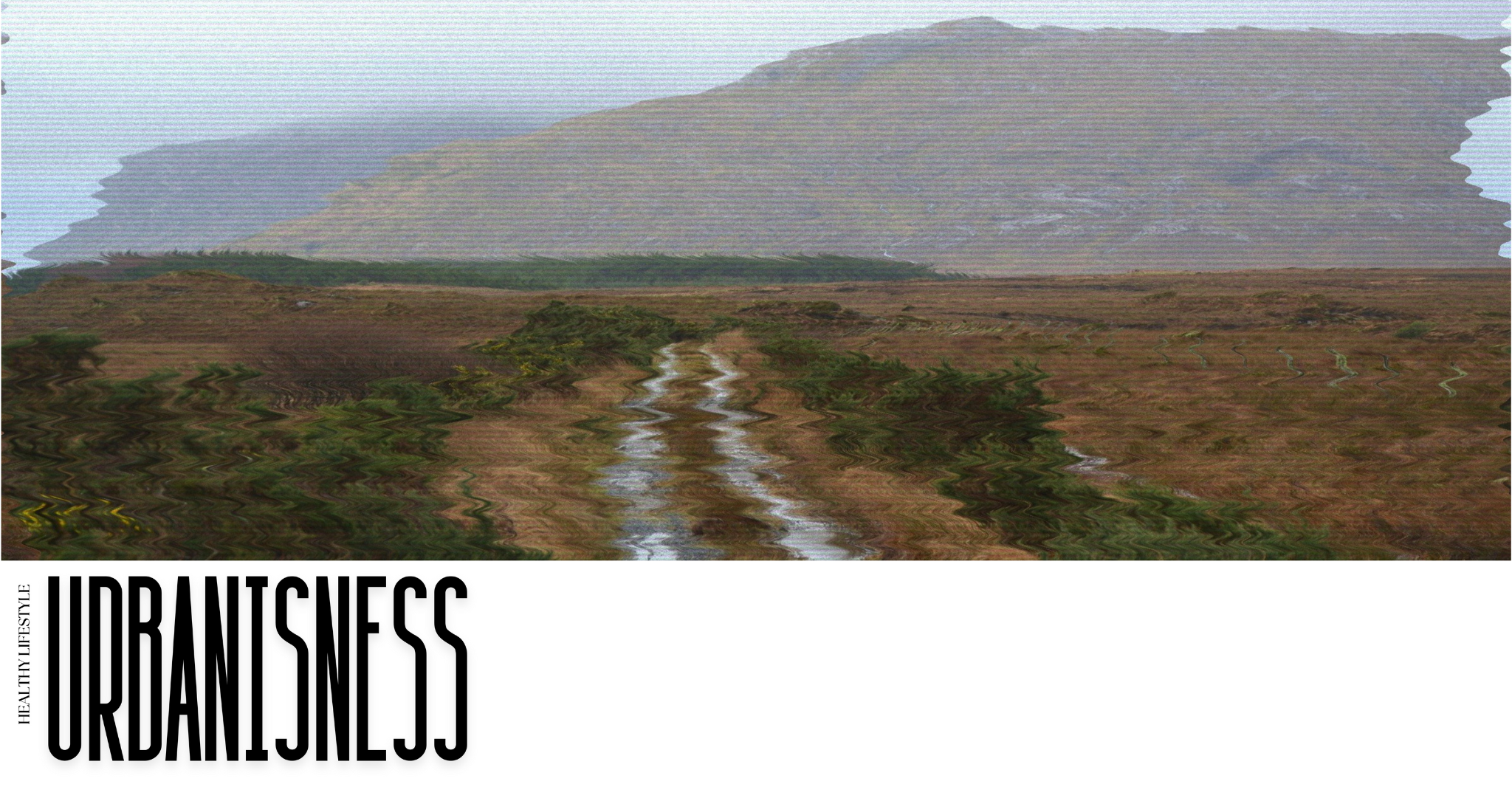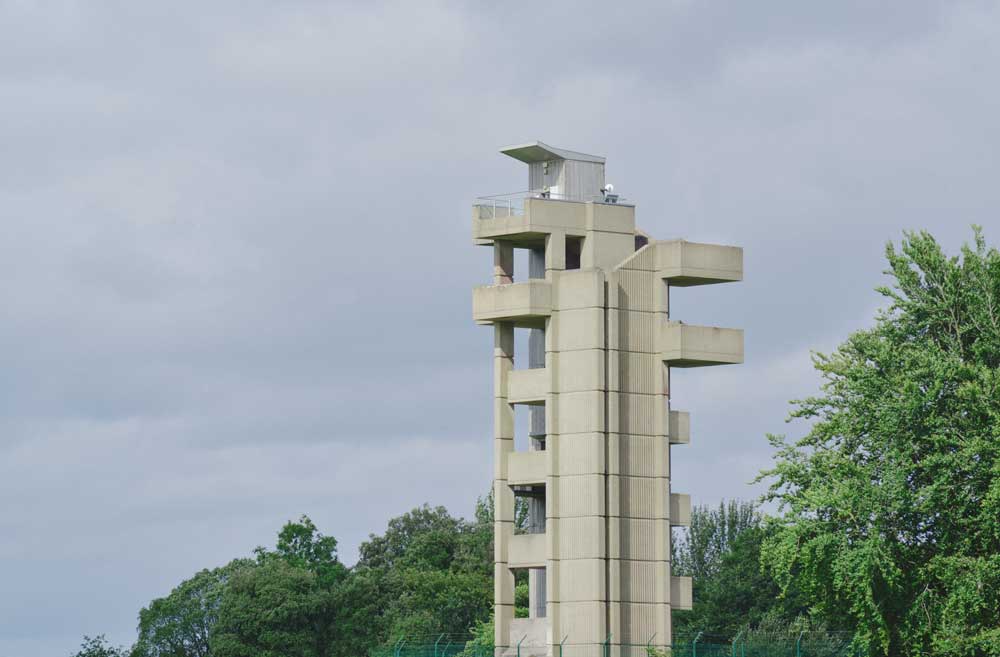Chapter eleven of the Book of Genesis tells the story of the Tower of Babel. According to the legend, even before the tower was completed, God foresaw that if humanity succeeded in constructing such an ambitious edifice, they would be capable of achieving anything they set their minds to. To prevent this, He decided to set confusion by introducing different languages, which made communication—and thus construction—unattainable. As a result, the tower was never finished, and people dispersed across the earth. Some modern critics of skyscrapers ironically suggest that God had valid reasons for curbing human overconfidence.
A new wave of high-rise buildings began in the late 1600s. By the 17th century, the streets of Paris were lined with five- and seven-story buildings. The development of iron-framed structures in the 1860s marked another significant turning point. In 1885, William Le Baron Jenney, founder of the Chicago School of Architecture, along with his associate Louis Sullivan, pioneered the design of the first skyscrapers.
Initially welcomed with hope and optimism by architects, urban planners, and housing officials, high-rise buildings—often referred to as “sky cities”—quickly evolved into symbols of dismay and anxiety. Rather than cultivating thriving communities, they became concrete traps, isolating the poorest residents from the world below.






